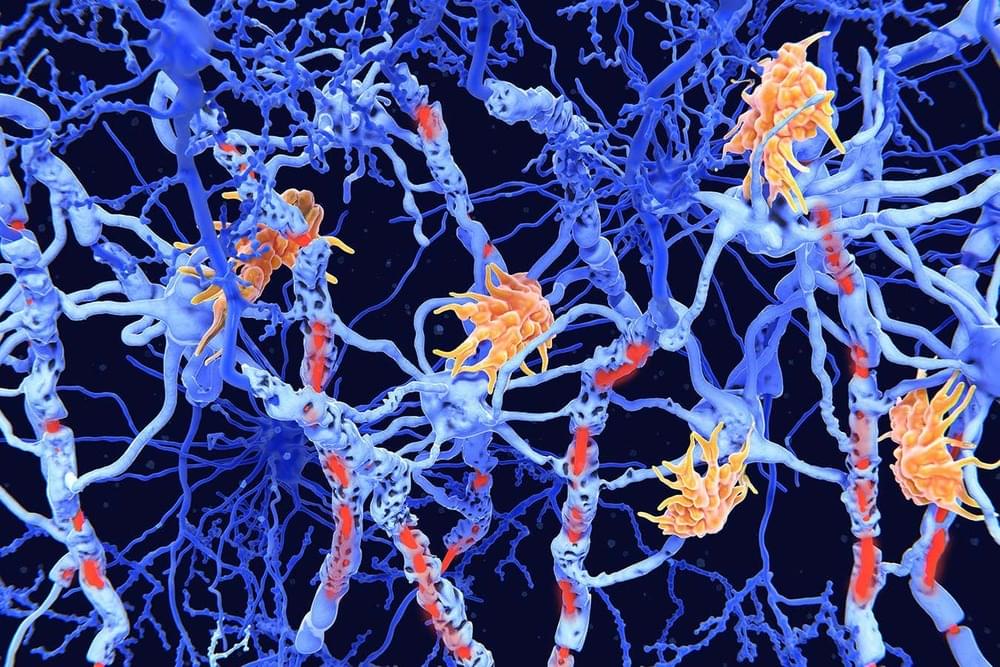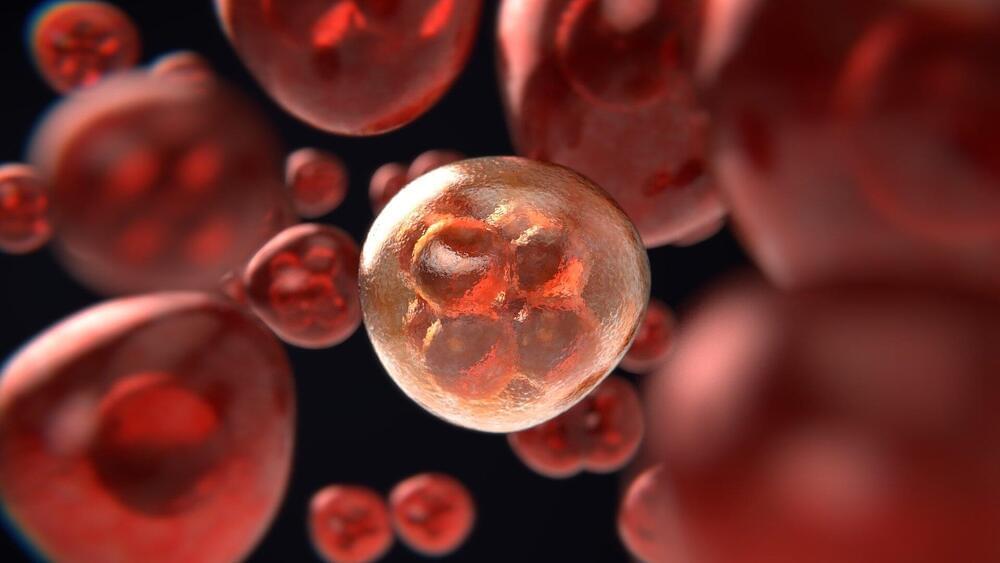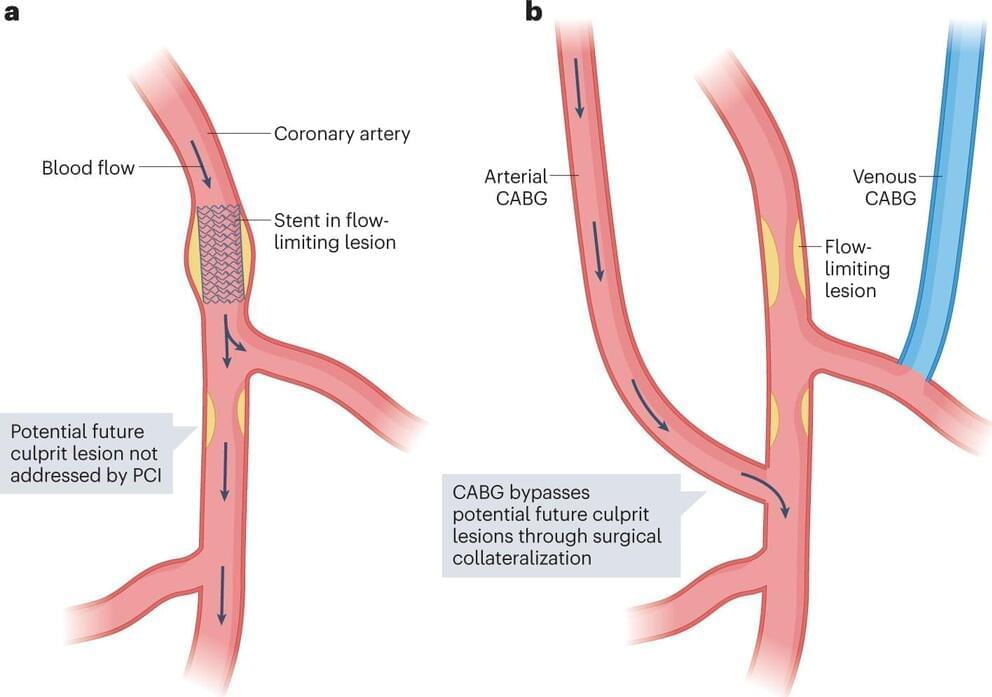Amazon has begun rolling out its custom electric delivery vans from Rivian in Europe, the e-commerce giant said Monday. This will be Rivian’s first commercial shipment of vans outside the United States.
The first tranche of 300 vans will be seen on streets in Munich, Berlin and Dusseldorf in the coming weeks. Amazon already has a fleet of thousands of electric vans operating in Europe, including more than 1,000 e-vans in Germany, the company said. Amazon last year said it plans invest more than €1 billion to electrify its European transportation network.
“Amazon is committed to reaching net-zero carbon by 2040, and reducing our delivery-related emissions is a critical part of this goal,” said Rocco Bräuniger, country manager for Amazon, in a statement. “Last year we delivered more than 45 million packages in Germany with electric vans and e-cargo bikes, and these new additions from Rivian will help us deliver packages more sustainably and to more customers.”









